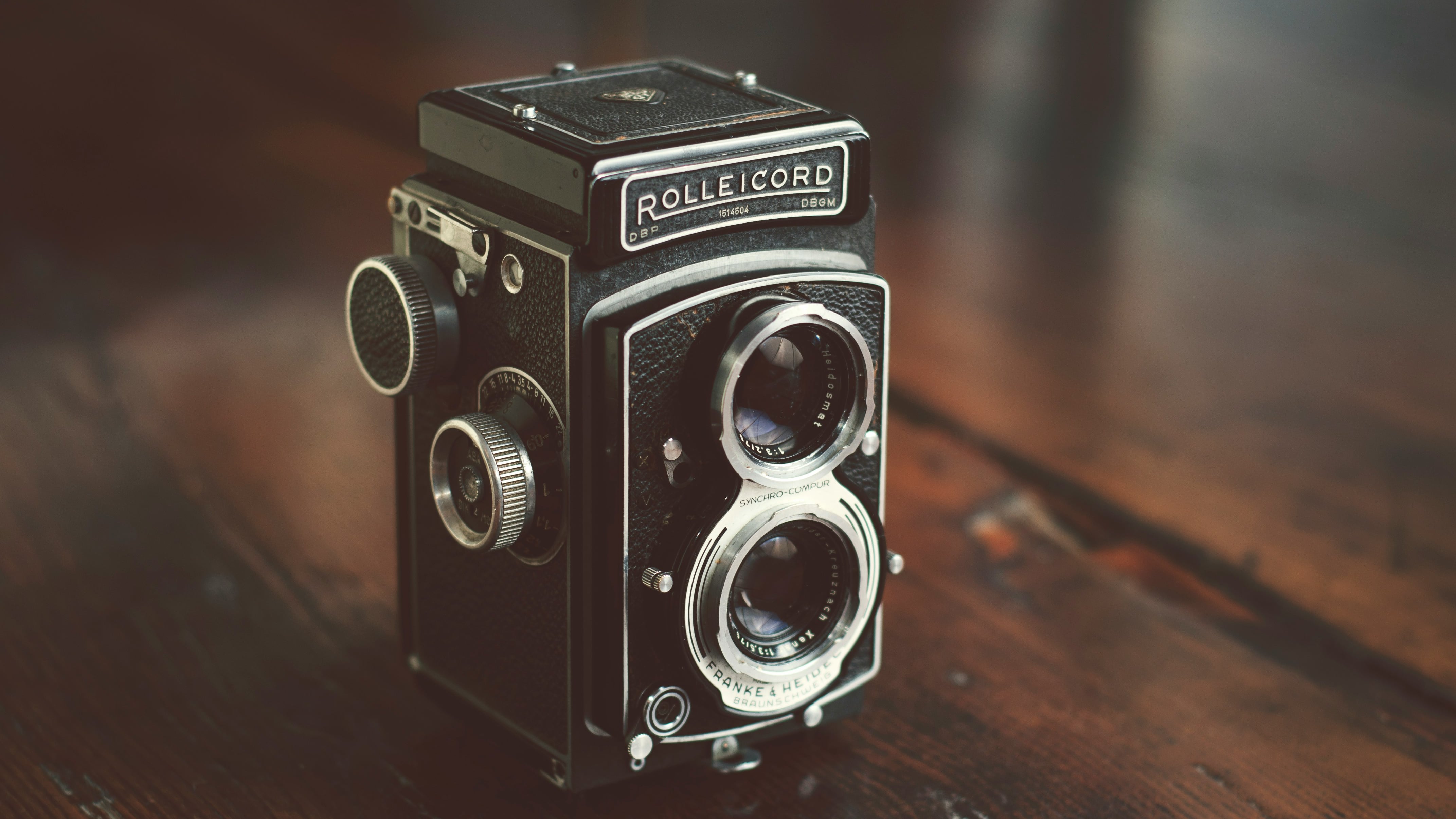Why has no-one made a digital TLR camera, or is it only me that wants one?
The twin lens reflex camera design looks like a museum piece, but the experience of using one is unique

The twin-lens camera design looks like an exercise in optical redundancy, a mechanical kludge superseded by later and better viewing technologies. That’s what a TLR looks like. But in designing a camera to overcome a basic viewing need, the designers produce a shooting experience unlike any other.
So why ‘twin’ lenses? That was because the lower ‘taking’ lens was the one that exposed the film at the back of the camera, while the upper lens reflected the scene up to a ground glass focusing screen via a fixed mirror. The two lenses were matched, so that what you saw on the focusing screen was exactly what the film ‘saw’ when you made the exposure. And when you turned the focus knob to bring the scene into focus on the screen, you were also focusing the lower ‘taking’ lens.
The magic in this design was the fact that you were looking down on the image from above the camera. This led you to shoot at waist level rather than eye level, and you were probably a little less conspicuous as a result. Flipping up the top both uncovered the focusing screen and released side and back panels that shielded it from ambient light. Oh, and one more thing. The image was laterally reversed (back to front), just to add to the challenge, since TLRs used a simple mirror not a self-correcting pentaprism.
This way of taking photographs sounds mad, but it was just wonderful. It’s hard to explain, but TLR fans will know exactly what I mean. From my point of view, TLRs were among the best film cameras ever made.
So (I hear you say), why can’t you just fold out a modern digital camera’s screen so that it faces upwards. It’s not the same, believe me. It’s not even close. With a TLR you’re composing the scene via an optical system on a 6x6cm screen. A regular digital camera offers a digital rendition on a much smaller 3-inch screen. Even the best medium format cameras today don't offer the same experience.
We live in a digital age and that’s just how it is. But it does make you appreciate the ingenuity and charm of mechanical engineering. Electronics and firmware are fine, but there’s nothing like gears and levers.
Read our history of the twin-lens camera
Get the Digital Camera World Newsletter
The best camera deals, reviews, product advice, and unmissable photography news, direct to your inbox!

Rod is an independent photography journalist and editor, and a long-standing Digital Camera World contributor, having previously worked as DCW's Group Reviews editor. Before that he has been technique editor on N-Photo, Head of Testing for the photography division and Camera Channel editor on TechRadar, as well as contributing to many other publications. He has been writing about photography technique, photo editing and digital cameras since they first appeared, and before that began his career writing about film photography. He has used and reviewed practically every interchangeable lens camera launched in the past 20 years, from entry-level DSLRs to medium format cameras, together with lenses, tripods, gimbals, light meters, camera bags and more. Rod has his own camera gear blog at fotovolo.com but also writes about photo-editing applications and techniques at lifeafterphotoshop.com
